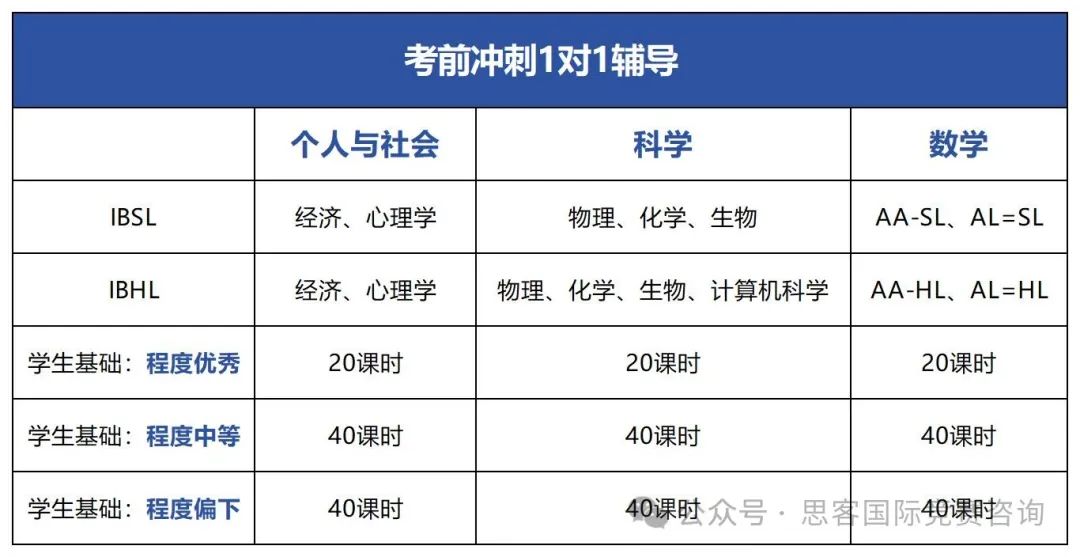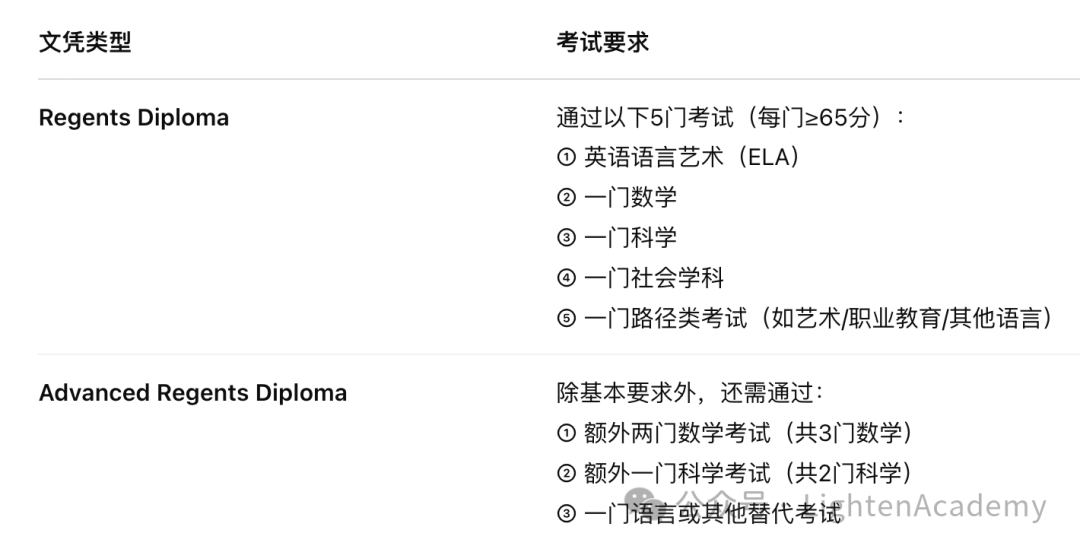John Locke 2024 History Q1
JL 2024 History Q1: Why was sustained economic growth so rare before the later 18th century and why did this change?
This guide aims to assist students in critically analyzing the topic: ' Why was sustained economic growth so rare before the later 18th century and why did this change?’ The guide is developed by Rapidamic Lab, with a structure to inspire critical thinking, understanding of history concepts, and essay writing skills.

Step 1
Understanding History as an Academic Discipline
History as an academic discipline involves the study of past events, societies, and cultures, primarily through the analysis of written records, but also through material artifacts. The uniqueness of a history essay lies in its demand for students to critically analyze sources, understand different contexts, and construct arguments that explain changes or continuities over time. This essay topic explores economic history, focusing on the reasons behind the rarity of sustained economic growth before the late 18th century and the transformative changes thereafter.
Step 2
Decomposing and Rephrasing the Topic
Pre-18th Century Economic Conditions: Explore the characteristics of economies before the industrial revolution.
Barriers to Sustained Growth: Identify the factors that prevented sustained economic growth before the late 18th century.
The Change in the Late 18th Century: Investigate what changed economically, socially, and technologically to foster sustained growth.
Impact of Industrial Revolution: Connect the dots between industrialization and the onset of sustained economic growth.
Step 3
Related Historical Concepts and Theories
Malthusian Trap Theory:
The idea that pre-industrial societies were trapped in a cycle where increases in income per capita led to population growth, which in turn reduced income per capita, preventing sustained economic growth.
Reference Papers:
Clark, Gregory. "The Condition of the Working Class in England, 1209-2004." (2005).
Ashraf, Quamrul, and Galor, Oded. "The 'Out of Africa' Hypothesis, Human Genetic Diversity, and Comparative Economic Development." (2013).
The Industrial Revolution as a Turning Point: Examines how technological innovations and institutional changes enabled the escape from the Malthusian trap.
Reference Papers:
Allen, Robert C. "The British Industrial Revolution in Global Perspective." (2009).
Mokyr, Joel. "The Enlightened Economy: An Economic History of Britain 1700-1850." (2009).
Step 4
Detailed Arguments for the Rarity of Sustained Economic Growth Before the 18th Century
Limited Agricultural Productivity: Before the Agricultural Revolution, farming techniques were largely traditional and inefficient, limiting food production and, by extension, the population that could be supported, which constrained economic growth.
Lack of Technological Innovation: The slow rate of technological innovation meant that productivity gains in both agriculture and industry were minimal, keeping economic growth stagnant.
Feudal Economic Structures: In many parts of Europe, the feudal system restricted labor mobility and economic innovation, as serfs were bound to the land and their lords, limiting entrepreneurial activity and the development of markets.
High Mortality Rates: Frequent plagues and diseases (like the Black Death) significantly reduced the population, disrupting labor markets and economic production.
Limited Trade Routes: Before the Age of Exploration, trade routes were limited and often dangerous, restricting the flow of goods, ideas, and innovations that are crucial for economic growth.
Fragmented Political Systems: The political fragmentation of Europe into small, often warring states created barriers to trade and economic cooperation, while in other regions, centralized empires sometimes imposed stifling controls on economic activity.
Energy Constraints: The pre-industrial world was powered by muscle (human and animal), water, and wind. The absence of more efficient energy sources limited the scope for economic expansion.
Monetary Constraints: Lack of a stable, widely accepted currency and banking system hindered the development of complex economic transactions and investments.
Social and Cultural Norms: In many societies, cultural and religious norms discouraged profit-seeking and innovation, favoring traditional ways of life and inhibiting economic development.
Environmental Constraints: Climate fluctuations, soil depletion, and deforestation limited agricultural outputs and the availability of natural resources for economic use.
Step 5
Reasons for the Change in the Late 18th Century
Agricultural Revolution: Innovations in farming techniques and crop rotation significantly increased food production, supporting larger populations and urban growth.
Technological Innovations: The invention and spread of new machinery, such as the steam engine, greatly enhanced productivity, especially in textiles and manufacturing.
Expansion of Trade Networks: The establishment of global trade networks, facilitated by naval advancements and colonial empires, opened up new markets and resources.
Political and Economic Reforms: The gradual shift towards more democratic and capitalist systems in many societies encouraged entrepreneurship and economic investment.
Population Growth: Post-Black Death, Europe's population began to recover, providing labor for burgeoning industries and markets for goods.
Energy Revolution: The adoption of fossil fuels, such as coal, transformed energy use, enabling more extensive and efficient production processes.
Financial Innovations: The development of modern banking and financial systems provided the capital necessary for large-scale industrial investments.
Legal Reforms: Changes in property rights and the legal system facilitated business operations and protected investments, encouraging economic activity.
Scientific Revolution: Advances in scientific knowledge contributed to technological innovations and improved agricultural practices.
Cultural Shifts: The Enlightenment and other intellectual movements fostered a more favorable view of progress, innovation, and the pursuit of wealth.
Step 6
Crafting a Comprehensive Essay Outline
Introduction: Briefly describe the economic conditions before the 18th century and introduce the question of why sustained economic growth was rare.
Thesis Statement: Present the thesis that a combination of technological, demographic, agricultural, and institutional limitations constrained economic growth, which was transformed by a series of revolutionary changes in the late 18th century.
Body Paragraphs:
Discuss each of the detailed arguments listed above, providing historical examples and evidence to support the claims.
Explore the interconnectedness of these factors and how they collectively contributed to the economic stagnation before the 18th century and to the conditions that made the Industrial Revolution and subsequent economic growth possible.
Conclusion: Summarize the key points made in the essay and reflect on the importance of understanding these historical dynamics to comprehend the nature of economic growth and development.
This outline and the detailed arguments should guide students in developing a nuanced and comprehensive essay that explores the multifaceted reasons behind the rarity of sustained economic growth before the 18th century and the transformative changes thereafter. All content is generated by Rapidamic Lab WritingAI for a purpose of students’ writing skills improvement.













